■ Further Report on the Yamaha YC61 with Live Report
I'm currently in two bands: one is an electric jazz band, and the other is a rock band with a female vocalist. The other day, each band had a live performance.
The equipment used by each band is almost the same.
For the electric jazz band, I used the Korg electric piano in the studio, and I also brought the TAKE5 sequencer as a lead instrument. I really like the sound of the TAKE5.
SEQUENTIAL (Dave Smith Instruments) / Take 5
Not long ago, the guitarist from this electric jazz band asked me to support the female high school vocalist, and so I ended up playing in a backing band for a high school girl. It is the JK Electric Jazz Band (lol).
The live show was a great success. The high school girl's passionate performance was well received by the 50 or so people who came to see it.
In the other female vocalist band, there are two keyboardists, so I leave the piano and synthesizer sounds to the other one and play the organ sounds. I use a Yamaha YC61 for organ sounds. When I think of organ sounds, I think of Hammond organs, and I really like the Hammond organ sounds of the YC61.
In the previous article about the YC61 in the Vagabond Synth Nerd's Journal, I ended by saying that I would report back if I noticed anything else. I discovered a new incentive for the YC61 when I listened to the recording of the live performance I did in late July, so I'd like to give you an update.
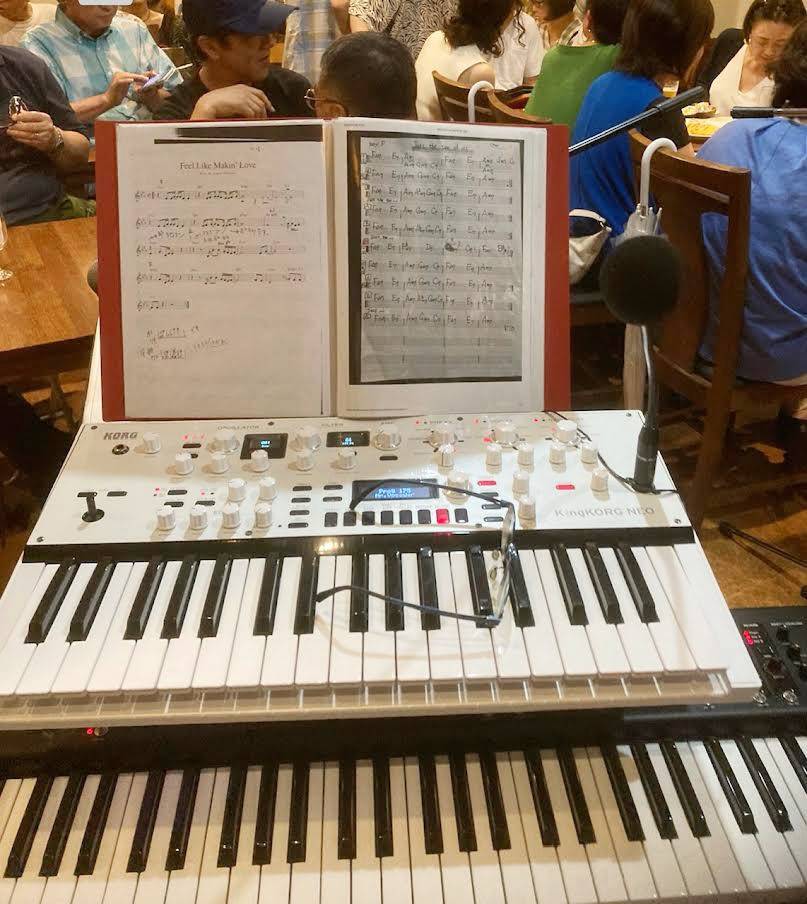
Live setup in late July. The top of the photo is the KingKORG NEO, and the bottom is the Yamaha YC61
■ A Live Performance that Revealed an Unexpected Side to the Yamaha YC61
The equipment used on this day was the Yamaha YC61 and KingKORG NEO. The NEO was used because the set list included Get Lucky by Daft Punk, which uses a vocoder.
Korg / King KORG NEO Virtual Analog Synthesizer
As for the lead sound of the synthesizer, I would have used TAKE5 because the sound is fuller than that of the virtual analog synthesizer NEO, but I chose KingKORG NEO because I wanted to use the vocoder function. For a report on KingKORG NEO, please refer to Vagabond Synth Nerd's Journal Vol.190-193.
The songs they performed in this band included Amy Winehouse's “You Know I'm No Good”, Aretha Franklin's “A Natural Woman”, Roberta Flack's “Killing Me Softly with His Song”, Grover Washington Jr.'s ” Just the Two of Us“, the standard ‘Fly Me to the Moon’, ‘Blue Bossa’, ‘Feel Like Makin’ Love”, Chic's “I Want Your Love”, Daft Punk's “Get Lucky”, MISIA's “Ainokatachi”, and Bette Midler's “The Rose”.
The YC61 is a very convenient keyboard instrument for playing these songs. I played the YC61 with the sounds of a Hammond organ for the three songs “You Know I'm No Good” by Amy Winehouse, “A Natural Woman” by Aretha, and the standard song “Fly Me to the Moon”.
The sound played in the studio and the sound at the live venue will change greatly depending on whether there are people there and the conditions of the venue.
■ Introduction Album: “Lady Soul” Aretha Franklin (1968)
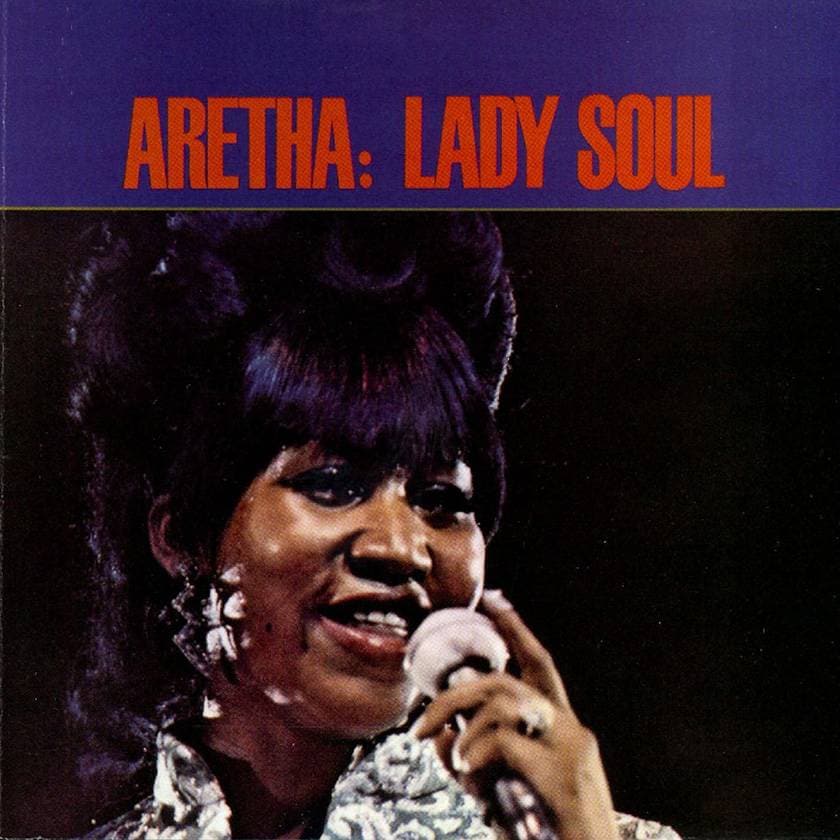
An album from Aretha Franklin's peak period. Aretha Franklin's third album for the soulful Atlantic label, a classic album that includes million-selling hits such as “A Natural Woman” and “Chain of Fools”.
■ I Played Aretha's Famous Song on the Hammond Sound of the YC61
The YC61 is a keyboard that is more of a keyboard instrument that specializes in organs. When I played it in the studio, I was impressed by how well the notes came through, and I thought it did not lose out to the guitar sound.
When I listened to the recording of Aretha Franklin's “A Natural Woman” in a live house, played on the YC61 with white keys (i.e. playing the chords), I was surprised.
Vocal-based music like “A Natural Woman” is mainly made up of drums, bass, acoustic piano, strings and brass. The strings provide the rhythm in the verse sections. As our band has a guitarist, he plays chordal guitar parts, and I decided to use the sound of a Hammond organ (YC61) to provide backing, imagining the strings and pads that flow gently behind the vocals. In terms of performance, I took the most basic form of organ backing, slowing down the rotation of the Leslie simulator during the verse and speeding it up during the chorus. What surprised me when I listened to the recording was the presence of the white keys sound that flowed behind the song. It sounded as if the slow rotation of the Leslie was enveloping the vocals.
The Leslie speaker has a horn-shaped speaker that rotates inside a wooden unit.
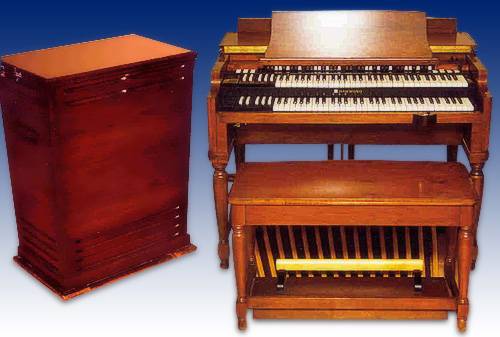
The left side is a Leslie speaker. It looks like a chest of drawers., CC BY-SA 3.0 DEED (quoted from Wikipedia)

Cross-sectional diagram of a Leslie speaker (image), CC BY-SA 3.0 DEED (quoted from Wikipedia)
In addition to the upper speaker, there is also a lower woofer speaker that rotates, and the two speakers work together to create a tremolo effect. The sound of the upper and lower speakers of the Leslie is picked up by a microphone.
The sound of the speakers rotating inside the wooden unit resonates inside the box. If you make the rotation fast, the air in the box will sway violently, creating a high-speed tremolo sound, and if you make the rotation slow, it will create a relaxed “undulation”. The Leslie speaker creates this fluctuation in the air, and produces an indescribably beautiful sound.
The YC61 is equipped with an excellent Leslie-style simulator that uses modeling technology to create the air fluctuations that occur within this wooden unit.
Let's get back to the sound of the live performance. I was listening to the slow sound of the YC61 drifting in and out of the songs, and I had the impression that it was almost a Leslie! This Leslie-style simulation is referred to as a rotary at Yamaha.
The “Studio” category that has been added to version 1.2 of YC61 is excellent.
The rotary speaker effect for Aretha Franklin's “A Natural Woman” on YC61 is set to “Studio”. The soft, undulating Hammond sound with a sense of depth was the best of the simulated Hammond organs I've heard so far.
■ The Ultimate in Electric Keyboard Organ Simulation is the Hammond + Leslie Speaker!
The sound of the organ I'm looking for is all about “how close it is to a Hammond and how much of a Leslie-like sound it can produce”. From the 60s to the present day, the combination of Hammond and Leslie has remained unchanged and continues to be used in music. That's how universal the Hammond and Leslie coupling is.
For decades, musical instrument manufacturers have been working on simulating the sound of the Hammond and Leslie, trying to get as close as possible to the original. In that sense, I think the YC61 is the culmination of all the work that has gone into simulating the Hammond and Leslie. The existence of the Studio is also undoubtedly a contribution to that theme.
If you ever get the chance to play YC61, please compare it with settings such as Studio and Classic. I think many people will be surprised by the sense of depth and atmosphere of Studio.
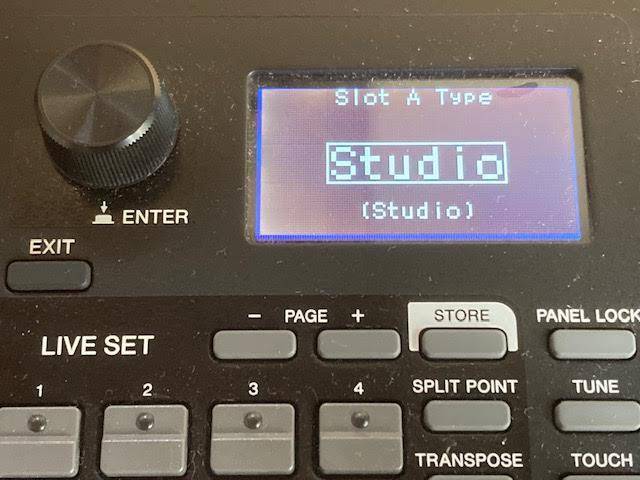
YC61 Studio screen (YC61 is my personal item)
The “sound & person” column is made up of contributions from you.
For details about contributing, click here.





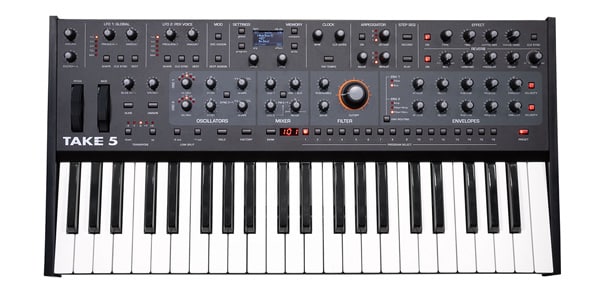
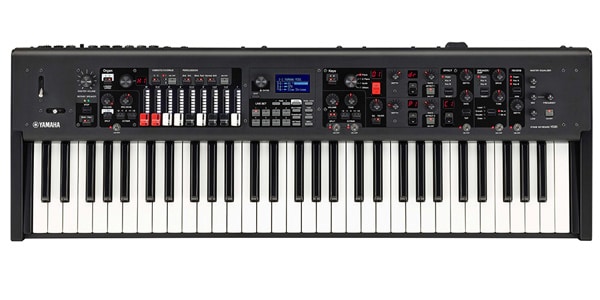
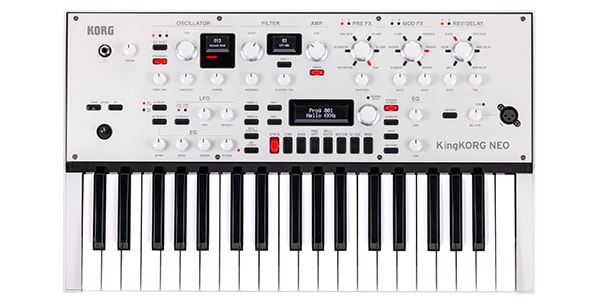









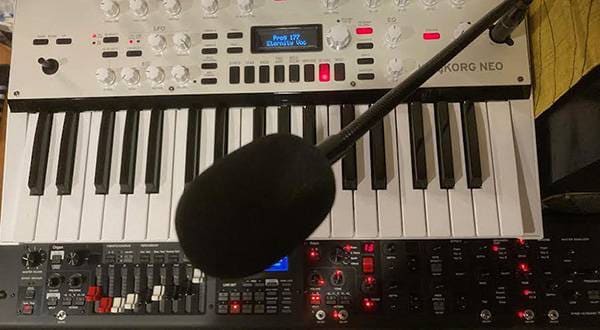
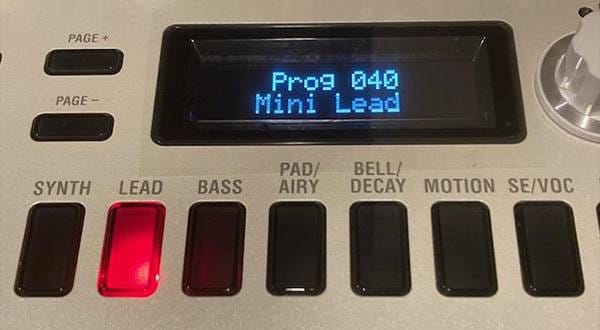
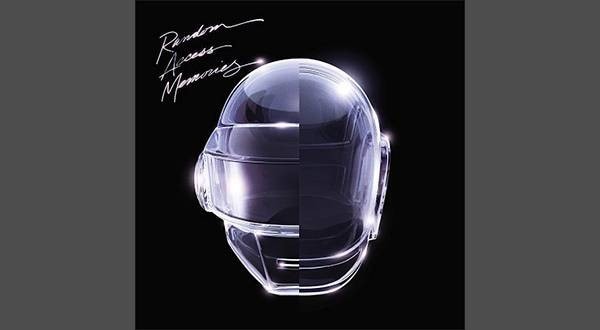
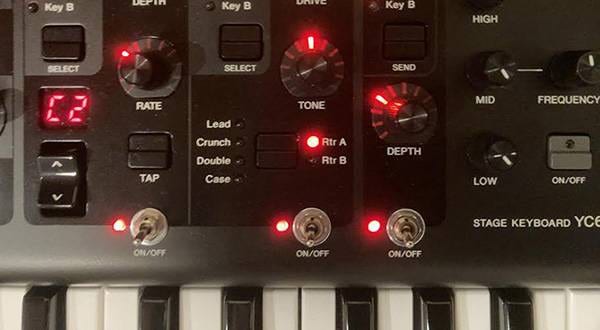
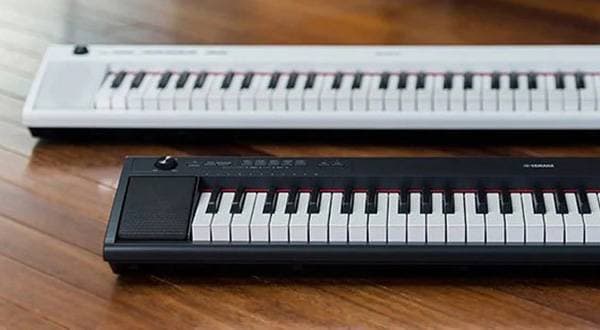

 YAMAHA YC61 特集
YAMAHA YC61 特集
 USB接続対応のMIDIキーボード
USB接続対応のMIDIキーボード
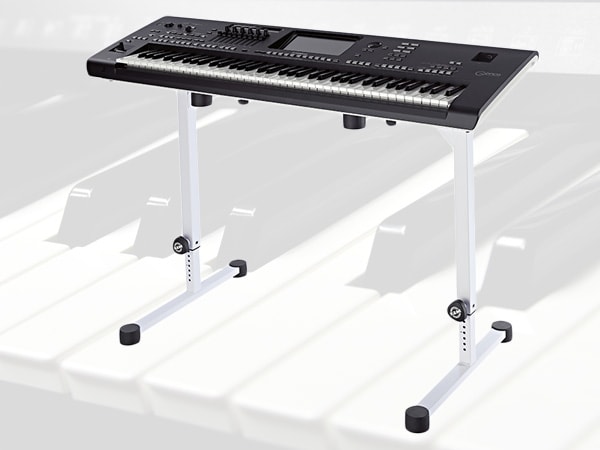 キーボードスタンドの選び方
キーボードスタンドの選び方
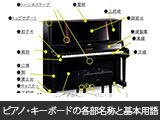 ピアノ・キーボードの各部名称
ピアノ・キーボードの各部名称
 キーボードスタートガイド
キーボードスタートガイド
 キーボード・ピアノ講座
キーボード・ピアノ講座















